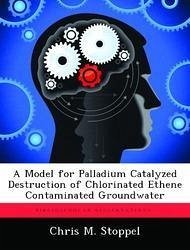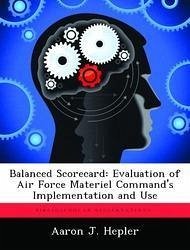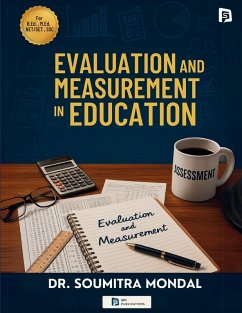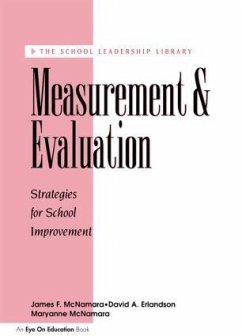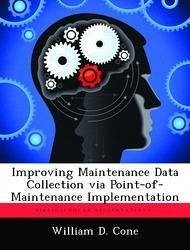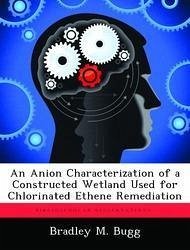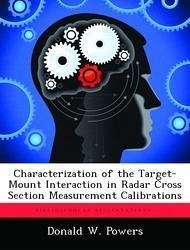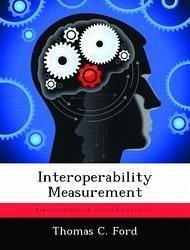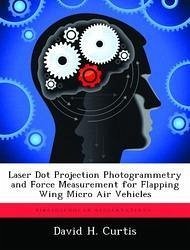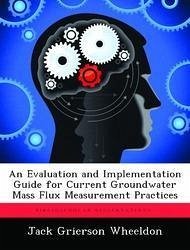
An Evaluation and Implementation Guide for Current Groundwater Mass Flux Measurement Practices
Versandkostenfrei!
Versandfertig in über 4 Wochen
52,99 €
inkl. MwSt.
Weitere Ausgaben:

PAYBACK Punkte
26 °P sammeln!
Contaminant mass flux is an important parameter needed for decision making at sites with contaminated groundwater. New and potentially better methods for measuring mass flux are emerging. This study looks at the conventional transect method (TM), and the newer passive flux meter (PFM), modified integral pump test (MIPT), and tandem circulating well (TCW) methods. In order to facilitate transfer and application of these innovative technologies, it is essential that potential technology users have access to credible information that addresses technology capabilities, limitations, and costs. This...
Contaminant mass flux is an important parameter needed for decision making at sites with contaminated groundwater. New and potentially better methods for measuring mass flux are emerging. This study looks at the conventional transect method (TM), and the newer passive flux meter (PFM), modified integral pump test (MIPT), and tandem circulating well (TCW) methods. In order to facilitate transfer and application of these innovative technologies, it is essential that potential technology users have access to credible information that addresses technology capabilities, limitations, and costs. This study provides such information on each of the methods by reviewing implementation practices and comparing the costs of applying the methods at 16 standardized "template" sites. The results of the analysis are consolidated into a decision tree that can be used to determine which measurement method would be most effective, from cost and performance standpoints, in meeting management objectives at a given site. The study found that, in general: (1) the point methods (i.e. the TM and PFM) were less expensive to use to characterize smaller areas of contamination while the pumping methods (the MIPT and TCW) would be more economical for larger areas, (2) the pumping methods are not capable of high resolution sampling, which may be required to characterize heterogeneous systems or to design remediations, and (3) when high resolution is required, the PFM is more economical then the TM. Finally, the study demonstrated that, arguably, test results of the newer methods indicate that their accuracy is as good as, or better than, the accuracy of the TM, the currently accepted method.



